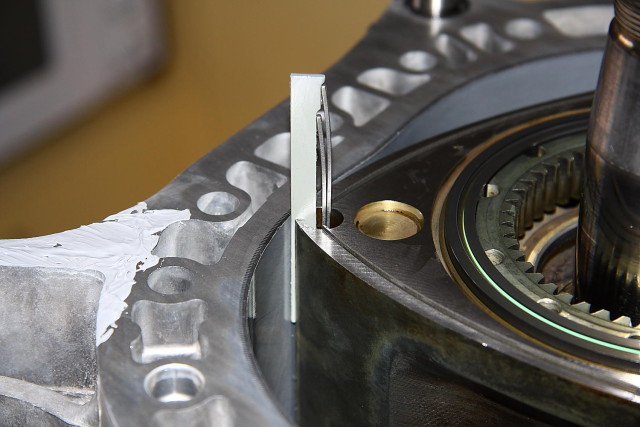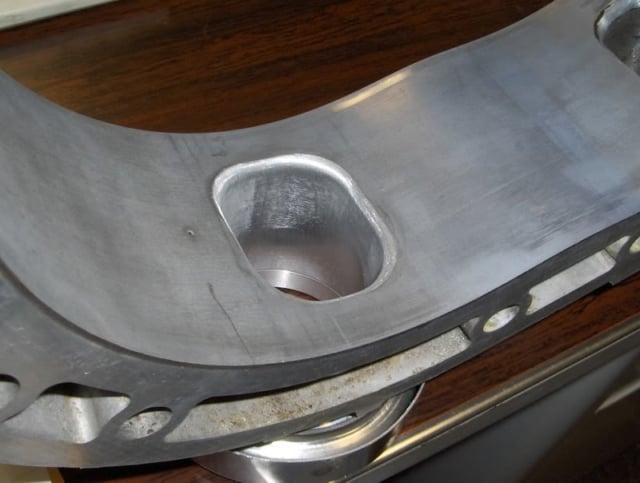The rotary has never had much of a reputation as a reliable engine. In fact, there are few who will swear by its reliability, but then again, the rotary has been a fringe motor that’s never received much development in this part of the world. The Aussies seem to be a little more open-minded, however, and down under, Mazda’s Wankel-powered machines are plentiful and popular. Yet, they’re still prone to the odd hiccup, and for those who are more interested in developing these diminutive, deadly powerplants, here’s a lengthy, detailed walkthrough on rebuilding a rotary.
Even though a rotary engine has few moving parts, it has its own specific demands. The simplicity is, in a way, a setback since tolerances must be near-perfect. With airflow such a crucial part of the motor, the ports require and incredibly smooth finish, and must be shaped in a very specific fashion to get the most of them.
It’s fascinating to see how smooth surfaces and more progressive transitions between edges to find a half an additional cc can make a difference. The port edges need to be “blended” to improve flow into the chamber, whereas the chamber walls need to be totally straight and blemish-free.
Moreover, all this has to be done without compromising structural strength of the engine. While it seems very scientific with discussion of timing, ports and airspeed, the whole process requires a sculptor’s touch. Watching the man at work, you could be forgiven for thinking he was creating a piece of minimalist, modern art to decorate the foyer of an office building.
Interestingly, a bored motor means greater clearances, so more oil pressure is needed. However, the older design of the rotaries — a 13B from an FC3S, in this case — make increasing the pressure a challenge, and some effective ghetto-rigging is called for. As with many aspects of the rotary engine, there is a little bit of artistry and improvisation that can yield gains. That said, there are some components that must be treated with the utmost care and caution.
The most failure-prone piece within the rotary engine is the apex seal. These seals are what maintain compression between the rotor and the housing, and when these metal or polyurethane seals begin to degrade, compression is lost. For this reason, the rotary has received a reputation as being finicky. However, a study set of aftermarket apex seals that are properly secured — and this video explains exactly how to do that — are resilient, long-lasting, and can take 10,000 rpms easily.
 [3]
[3]Held in place by the two smaller apex seal springs, a properly-sized apex seal can make a rotary a reliable, durable motor.
Not only is this a very understandable, concise clip, but it almost debunks the widespread notion that these motors are ticking timebombs. After viewing this, it seems as if the rotary has always been slightly misunderstood. Sure, they run hot and guzzle fuel, but they’re relatively simple in their construction — just specific in their assembly. Maybe all they need a little love, after all.

